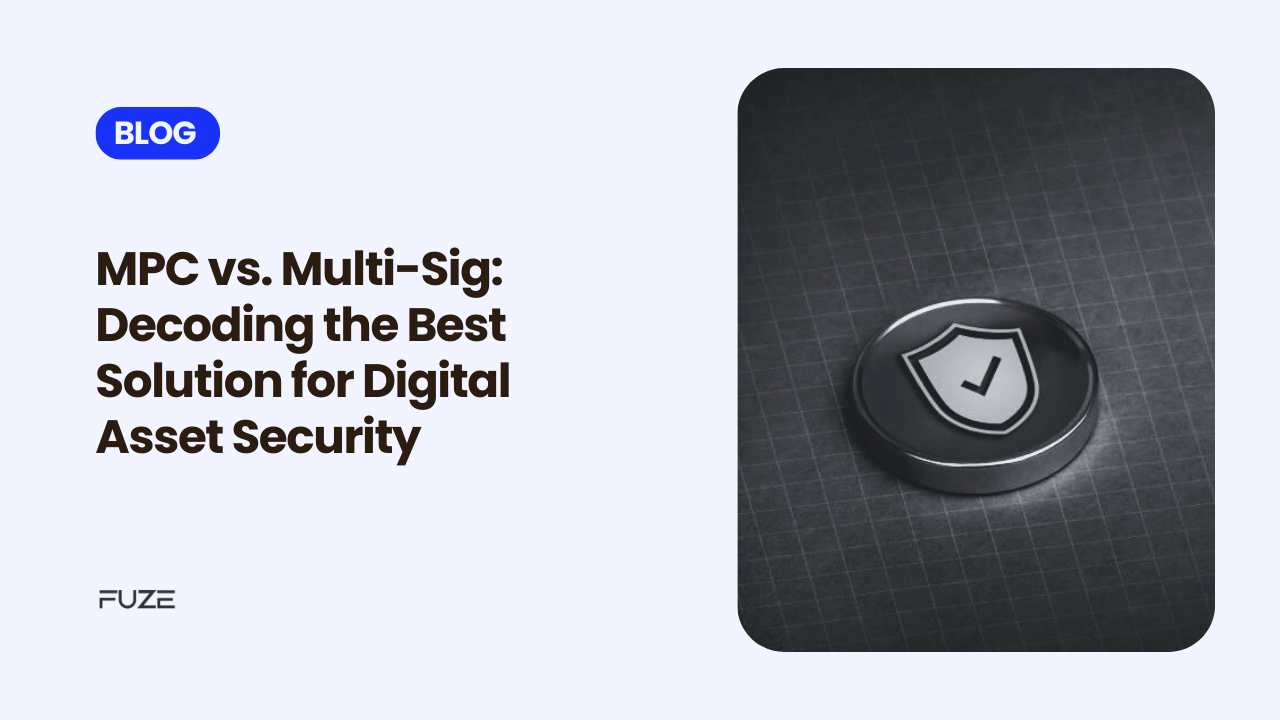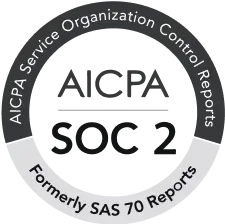As digital assets gain traction in financial systems, ensuring their security has become paramount. Among the diverse methods available to secure digital assets, Multi-Party Computation (MPC) and Multi-Signature (Multi-Sig) technologies stand out as two prominent solutions. Both aim to enhance the protection of private keys and transaction processes, but their design, use cases, and efficiencies differ. This blog will explore these technologies, comparing their features and helping you determine the best fit for your organisation.
Understanding Multi-Signature (Multi-Sig) Technology
Multi-Signature, commonly referred to as Multi-Sig, is a cryptographic method that necessitates several private keys to authorise a transaction. It is extensively utilised in Bitcoin and various blockchain systems to enhance wallet security.
How Multi-Sig Works
- A wallet is configured with a specific number of private keys, often represented in formats like “2-of-3” or “3-of-5.”
- To carry out a transaction, a minimum number of keys (for instance, two out of three) must approve the transaction.
- This setup ensures that even if one key is compromised, unauthorised transactions cannot take place.
Key Advantages of Multi-Sig
- Increased Security: Transactions require multiple approvals, which lowers the risk of a single point of failure.
- Transparency: Transaction details are recorded on the blockchain, promoting accountability.
- Compatibility: Multi-Sig wallets are compatible with numerous blockchain networks, particularly Bitcoin.
Challenges of Multi-Sig
- Limited Blockchain Support: Multi-Sig isn’t natively available on every blockchain, especially those outside of Bitcoin and Ethereum.
- Complex Recovery: Recovering assets can be difficult or even impossible if several keys are lost.
- Scalability: For organisations managing a high volume of transactions, Multi-Sig setups can become unwieldy.
Understanding Multi-Party Computation (MPC)
MPC, or Multi-Party Computation, is a cryptographic technique that allows several parties to work together on computations involving a shared dataset while keeping their individual inputs confidential. In the realm of digital asset security, MPC divides private keys into several shares that are distributed among the involved parties.
How MPC Works
A private key is divided into multiple shares by using cryptographic algorithms. The different parties or devices are given different shares, so no single entity will have the entire key. In order to authorise a transaction, the parties work together to perform the computations necessary to complete the task, ensuring that the private key is never reconstructed in one place.
Key Advantages of MPC
- Enhanced Security: The private key is never held in its entirety, which significantly lowers the risk of it being compromised.
- Blockchain Agnostic: Unlike Multi-Signature (Multi-Sig) methods, MPC is compatible with all blockchain networks.
- Flexibility: Organisations can easily modify participant requirements without needing to change wallet addresses.
- Resilience: Shares can be rotated or replaced, which helps to reduce the risk of long-term exposure.
Challenges of MPC
- Complexity: Implementing this technology demands a high level of cryptographic knowledge.
- Cost: Establishing MPC systems can be costly, especially for smaller organisations.
- Reliance on Providers: Numerous organisations depend on third-party providers, creating a certain degree of reliance.
Comparing Multi-Sig and MPC
| Feature | Multi-Sig | MPC |
| Blockchain Support | Limited to specific networks | Blockchain-agnostic |
| Security | Multi-key authorisation | Key shares never fully reconstructed |
| Flexibility | Fixed structure, changes require new wallets | Adjustable without new wallets |
| Implementation | Easier to set up and manage | Requires advanced cryptography |
| Scalability | Suitable for limited use cases | Ideal for organisations with high transaction volumes |
| Transparency | Public transaction visibility | Does not offer public visibility |
Use Cases for Multi-Sig and MPC
Multi-Sig
- Personal Wallets: Great for individuals looking for improved security for their Bitcoin or Ethereum wallets.
- Joint Accounts: Useful in scenarios that require shared control, like company treasury accounts.
- Simple Security Needs: Works well for smaller organisations with basic transaction processes.
MPC
- Institutional Asset Management: Ideal for companies managing large volumes of digital assets.
- Cross-Chain Operations: Crucial for businesses that operate across various blockchain networks.
- Dynamic Teams: Fits organisations that need to frequently update access control.
Why MPC Is Becoming the Standard
MPC is gaining traction as the standard for digital asset security. Although Multi-Sig has been a dependable option, institutions are increasingly favouring MPC because of its scalability, compatibility with different blockchains, and enhanced security features. Innovations in MPC, including share rotation and easy integration with various platforms, position it as a flexible and forward-looking solution.
Selecting the Appropriate Solution
The decision between Multi-Sig and MPC hinges on the specific requirements of your organisation:
If your organisation values simplicity, transparency, and functions within a confined blockchain setting, Multi-Sig might be adequate. Conversely, if you need scalability, enhanced security, and the ability to work across different chains, MPC provides unmatched benefits.
Conclusion
As the digital asset landscape continues to evolve, security solutions need to adapt to the increasing threats and complexities of operations. While Multi-Sig has been a reliable option for many users, the innovative method of private key management offered by MPC is establishing a new benchmark for institutional-level security. For organisations looking to maintain a competitive edge in the digital asset economy, MPC stands out as the next frontier, providing a strong, adaptable, and scalable solution to protect assets within a more interconnected blockchain ecosystem.
Disclaimer: Virtual assets carry significant risks, including high volatility and potential loss of your entire investment. They are not backed by governmental protections, and recourse may be limited in case of loss. Always assess your risk tolerance, fully understand the risks, and seek independent financial advice if needed before investing.
Frequently Asked Questions
1. Can MPC or Multi-Sig mitigate insider threats?
Yes, both solutions enhance security against insider threats. However, MPC is often considered superior due to its cryptographic design that prevents any single party from having full control over a private key.
2. Which solution offers better scalability?
MPC is more scalable as it supports dynamic participants and operates off-chain, making it ideal for large-scale operations. Multi-Sig may require additional configuration and incurs higher costs for scalability.
3. What is the user experience like for MPC compared to Multi-Sig?
MPC generally offers a smoother user experience as it abstracts the complexity of private key management, while Multi-Sig can involve cumbersome wallet setups and configurations.
4. Are there regulatory considerations for using MPC or Multi-Sig?
Yes, regulators may favour MPC due to its ability to comply with security standards like multi-factor authentication, while Multi-Sig may face scrutiny for its limited blockchain compatibility.
5. Which is the future of digital asset security: MPC or Multi-Sig?
MPC is widely considered the future due to its advanced cryptography, blockchain-agnostic nature, and adaptability to new security challenges, while Multi-Sig may remain relevant for specific blockchain ecosystems.







